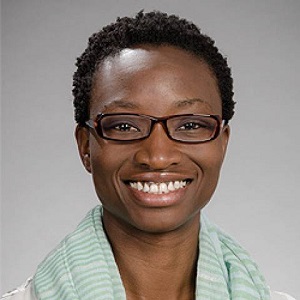A common measurement used to decide whether to biopsy for endometrial cancer missed far more cases of the disease among Black women vs. White women.
One clinical strategy is to proceed to a diagnostic biopsy for endometrial cancer only when transvaginal ultrasonography screening shows the thickness of the endometrium is 4 mm or greater. But not all endometrial cancers increase endometrial thickness, and uterine fibroids can make the endometrium harder to measure,” researcher Kemi Doll said.
In the study of a simulated cohort of more than 367,000 women, the 4 mm-or-greater endometrial thickness threshold prompted a biopsy for only 48 percent of the Black women with endometrial cancer, while it identified 88 percent of the White women with the cancer.
“The higher prevalence of fibroids and nonendometrioid histology type among Black women decrease the accuracy of the transvaginal ultrasound strategy,” Doll said. The testing strategy was developed based upon large population-based studies from Scandinavia, Italy and Hong Kong that did not include Black women.
“This places Black women at higher risk for false-negative results, which is unacceptable in a group that already is most vulnerable to the worst outcomes in endometrial cancer,” said Doll. “A false-negative result could easily lead to delays in diagnosis and treatment, allowing more time for cancer growth and spread, ultimately making surviving an endometrial cancer diagnosis much less likely.”
See “Screening method frequently misses endometrial cancer in Black women” by Jennifer Southall on the Healio website (July 28, 2021)
See the abstract of the scientific paper “Estimated Performance of Transvaginal Ultrasonography for Evaluation of Postmenopausal Bleeding in a Simulated Cohort of Black and White Women in the US” by Kemi M. Doll et al.




